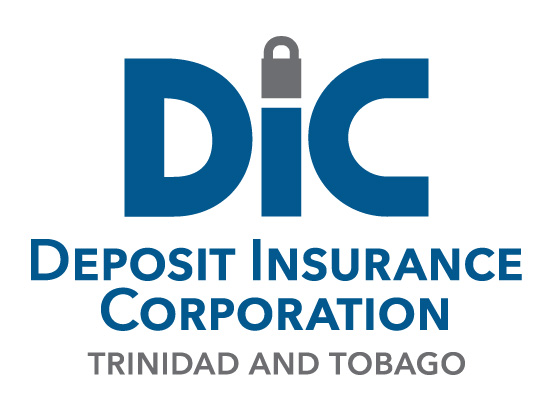The DIC determines from the records of the institution how much a depositor should be paid, based on the principal balance on account with the institution, along with interest accrued up to the date of the institution’s closure. If this amount is not what the depositor expects to receive, the depositor must then provide proof to the DIC to substantiate his or her claim.
Frequently Asked Questions
- Will shareholders of an institution receive any part of their investment before depositors’ claims are satisfied?
- What happens to cheques which are not cleared on a depositor’s account before the business of the institution is closed?
- How is a depositor notified that an institution in which he or she has a deposit, has been ordered to be closed?
- Is the insurance protection increased by placing funds in two or more types of deposit accounts in the same institution?
Did You Know?
- Misconception: The Deposit Insurance Corporation (DIC) is empowered to close a member institution. - Fact: A member institution licensed under the Financial Institutions Act, 2008 can only be “closed by or with the approval of The Central Bank of Trinidad and Tobago as a result of financial difficulties.”




